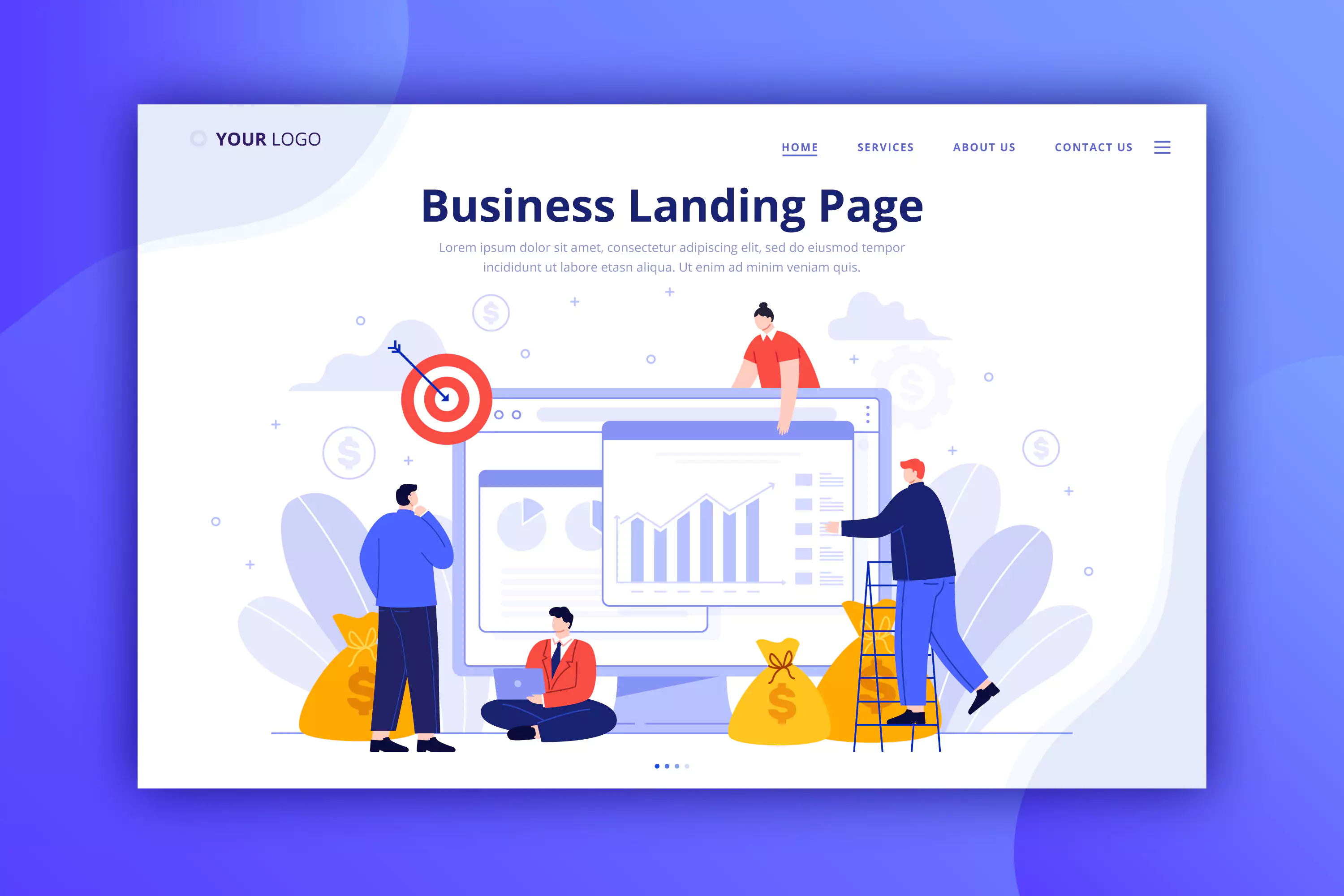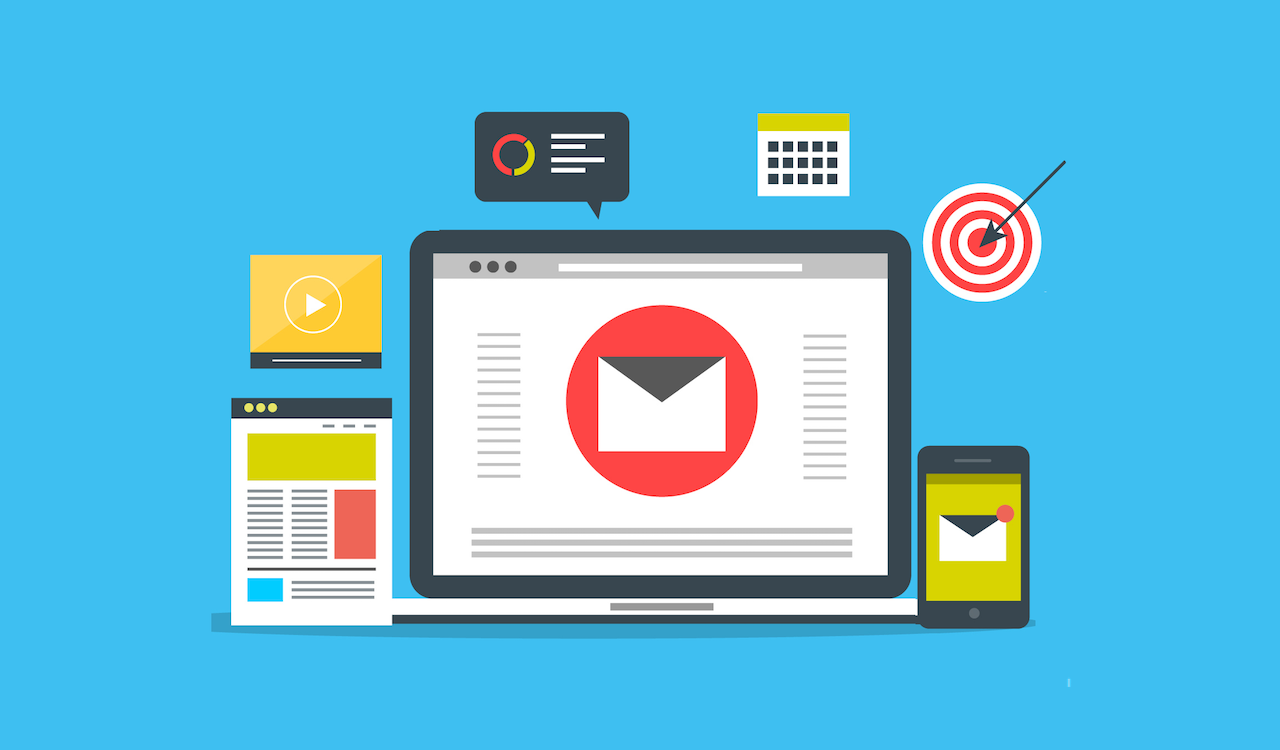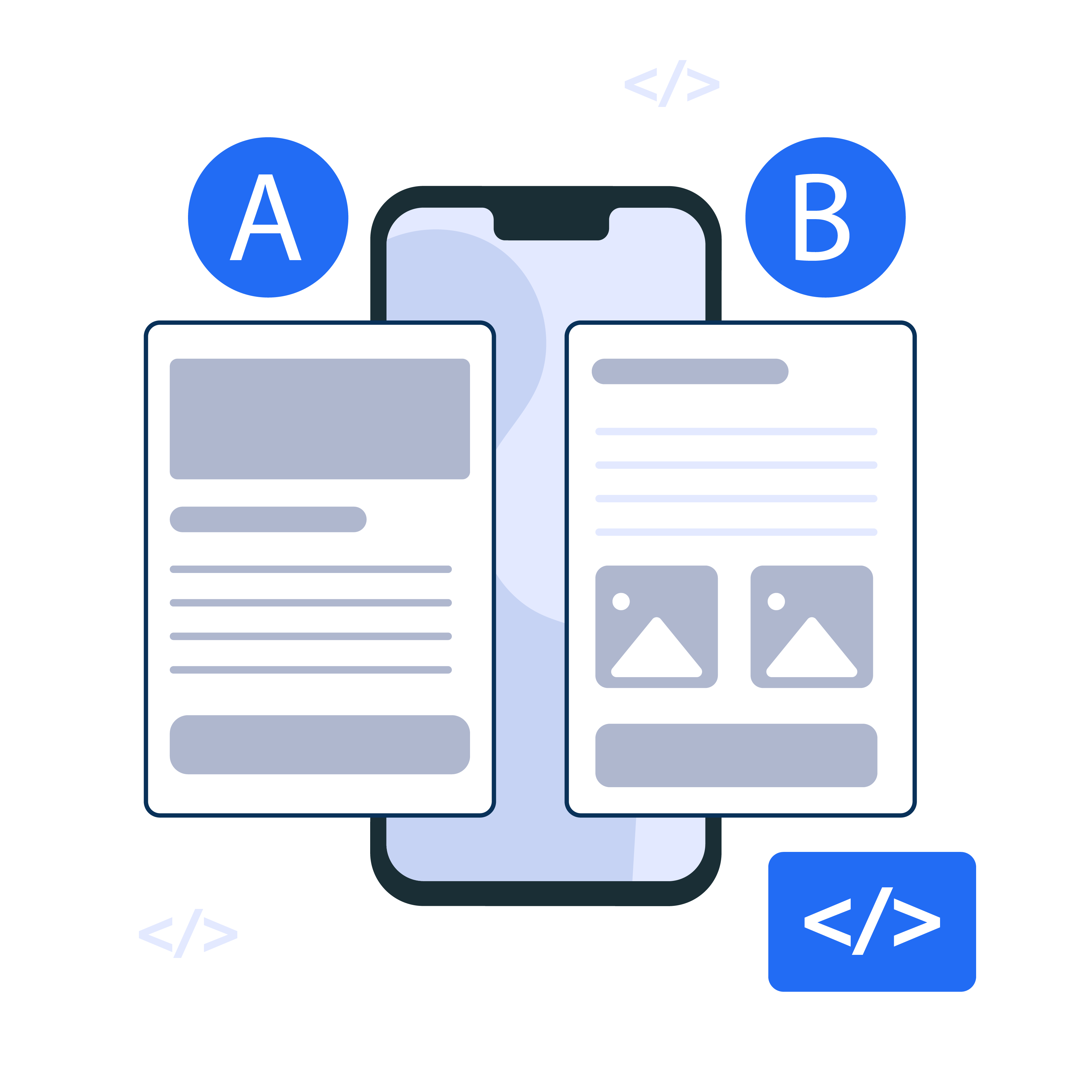What is A/B Split Testing?
A/B split testing, also known as split testing or A/B testing, compares two versions of a webpage, email, or advertisement to determine which version performs better.
This method involves showing two different versions of the same content to different groups of users and analyzing the data to see which version had a higher conversion rate or achieved the desired outcome.
Why is A/B Split Testing Important?
A/B split testing allows businesses to make data-driven decisions and optimize marketing campaigns.
By testing different variations of a webpage, email, or advertisement, businesses can identify and use the most effective version to improve their conversion rates, increase sales, and achieve their marketing goals.
A/B testing helps businesses avoid making assumptions and relying on guesswork, which can lead to ineffective marketing campaigns and wasted resources.
When Should You Use A/B Split Testing?
A/B split testing can be used at any stage of a marketing campaign. It can be used to test headlines, copy, images, calls-to-action, and other elements of a webpage or email.
You can also use it to test different landing pages or variations of an ad. A/B testing is particularly useful when launching a new campaign or making significant changes to an existing campaign.
Where is A/B Split Testing Used?
A/B split testing can be used in various industries and contexts, including e-commerce, lead generation, email marketing, and website optimization. It can be used by businesses of all sizes, from small startups to large corporations.
A/B testing is most commonly used in digital marketing. Still, it can also be applied to offline marketing efforts, such as direct mail campaigns or print ads.
Who Can Benefit from A/B Split Testing?
Any business that wants to improve its marketing efforts can benefit from A/B split testing. E-commerce businesses can use A/B testing to increase conversion rates and increase sales.
Lead generation businesses can use A/B testing to optimize their landing pages and increase their lead generation.
Email marketers can use A/B testing to improve their open, click-through, and overall engagement rates. Any business that wants to improve its marketing results can benefit from A/B split testing.
How Does A/B Split Testing Work?
A/B split testing involves dividing a group of users into two groups: Group A and Group B. Each group is shown a different version of the same content. The performance of each version is measured, and the data is analyzed to determine which version performed better.
For example, you are testing two landing page versions for a new product. Version A has a blue background and a prominent call-to-action button, while Version B has a white background and a smaller call-to-action button.
You divide your traffic into two groups and show Version A to Group A and Version B to Group B.
After a set period, you analyze the data and find that Version A had a higher conversion rate than Version B. Based on this data, you decide to use Version A as your primary landing page.
Use Cases Of A/B Split Testing:
Here are some common use cases for A/B split testing:
1. Landing Page Optimization

Landing pages are often the first point of contact between a website and its visitors. A/B split testing can help optimize landing pages for better user engagement, conversions, and retention.
Testing different headlines, images, copy, call-to-action buttons, and layouts can help determine what resonates with your target audience.
2. Email Campaign Optimization

Email campaigns are a great way to nurture leads and generate conversions. A/B split testing can help optimize aspects of email campaigns, such as subject lines, preheaders, body copy, images, and calls-to-action.
Testing these elements can help you understand what resonates with your audience and drive better email performance.
3. Ad Campaign Optimization
Advertising campaigns can be expensive, and A/B split testing can help maximize the return on investment (ROI) by testing different ad formats, copy, images, targeting, and bidding strategies.
You can optimize your ad campaigns for better engagement and conversions by testing these different elements.
4. Product Page Optimization
Product pages are a critical part of the. A/B testing can produce product descriptions, images, pricing, and calls to action.
5. Checkout Optimization
Checkout is the point where visitors become customers, and optimizing this step can have a significant impact on conversion rates.
A/B split testing can help optimize checkout pages for better user experience, conversion, and cart abandonment rates.
Testing different checkout layouts, forms, shipping options, and payment methods can help improve the overall checkout process.
Expert Tips For A/B Split Testing
1. Start with a clear hypothesis
A hypothesis will help you stay focused and avoid wasting time on irrelevant tests.
2. Test one variable at a time
To get accurate results, only test one variable at a time.
3. Use a large enough sample size
To get statistically significant results, make sure you're using a large enough sample size.
4. Test across different devices and browsers.
Ensure you're testing your variations across different devices and browsers to ensure that your results represent your entire audience.
5. Don't stop testing too early.
It can be tempting to stop testing as soon as you see a positive result but ensure you're giving your test enough time to run before drawing any conclusions.
6. Analyze your results
Once your test is complete, make sure you're analyzing your results carefully. Look for patterns and insights that can help optimize further.
Following these pro tips ensures that your A/B split testing efforts are effective and efficient.
Conclusion
A/B split testing is a powerful tool for improving marketing results and making data-driven decisions.
Businesses can identify and use the most effective version to optimize their marketing efforts by testing different content variations. A/B testing can be used at any campaign stage and applies to various industries and contexts.
Any business that wants to improve its marketing results can benefit from A/B split testing
